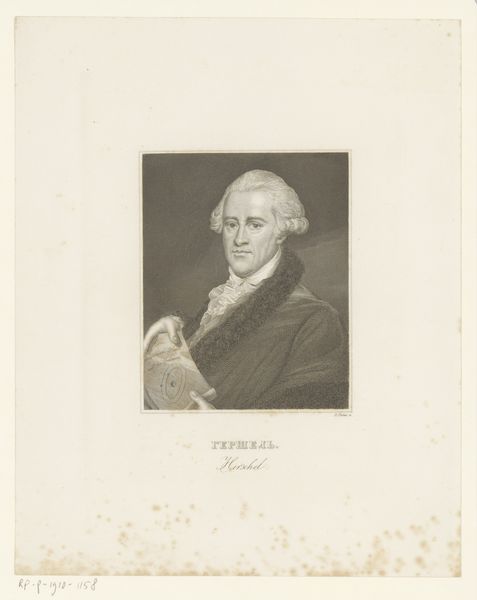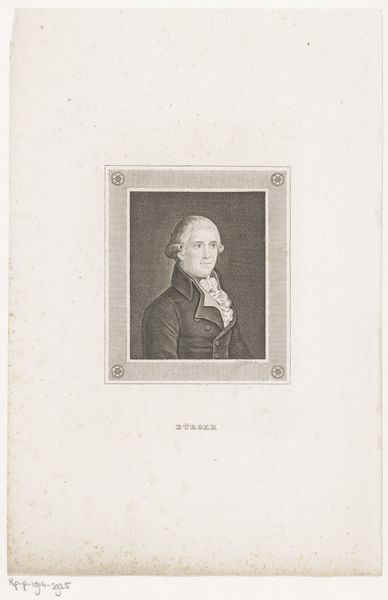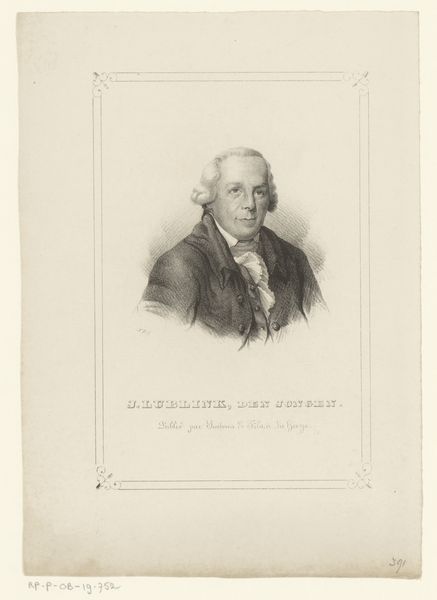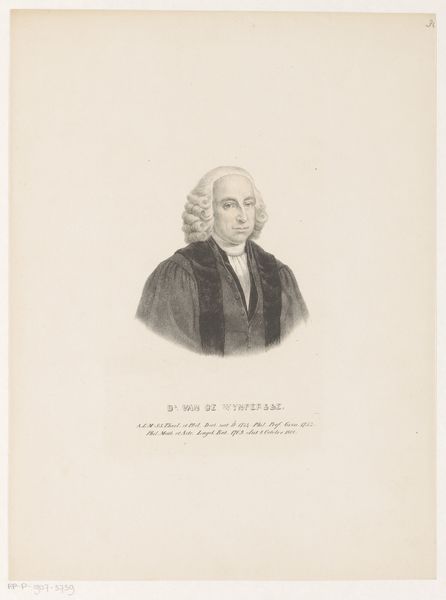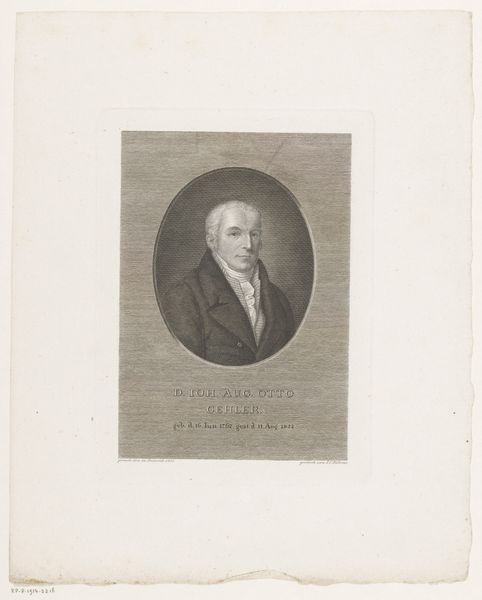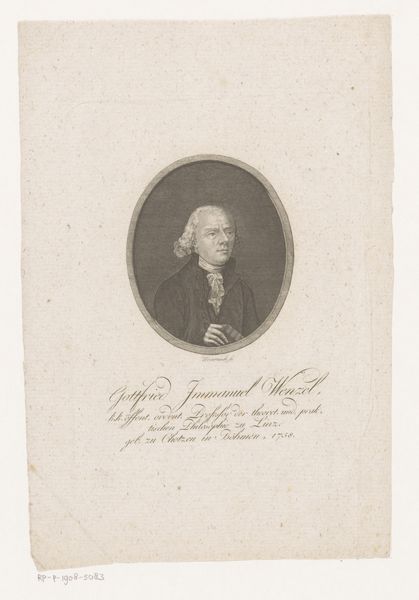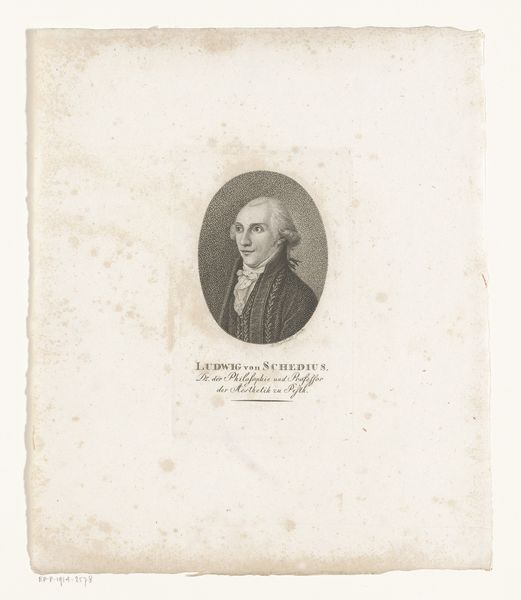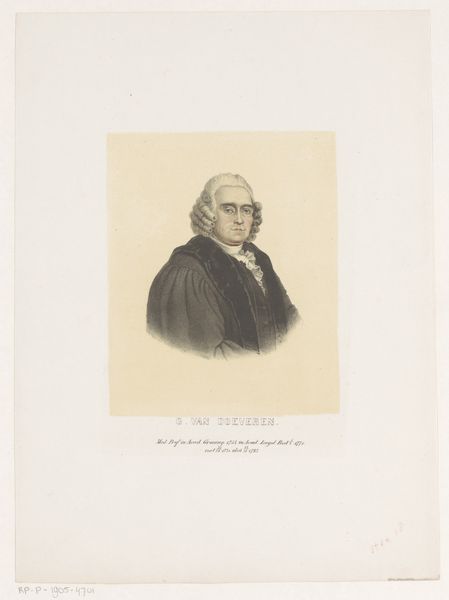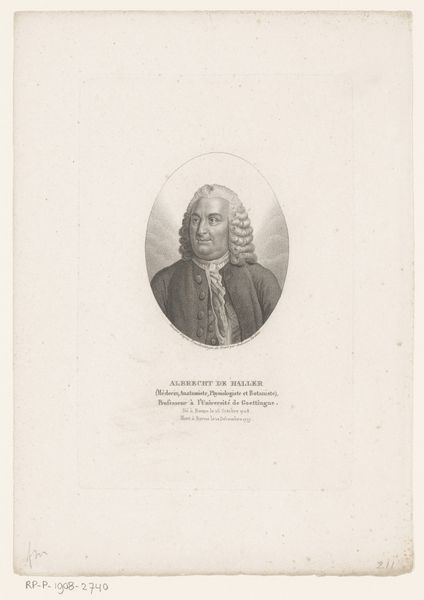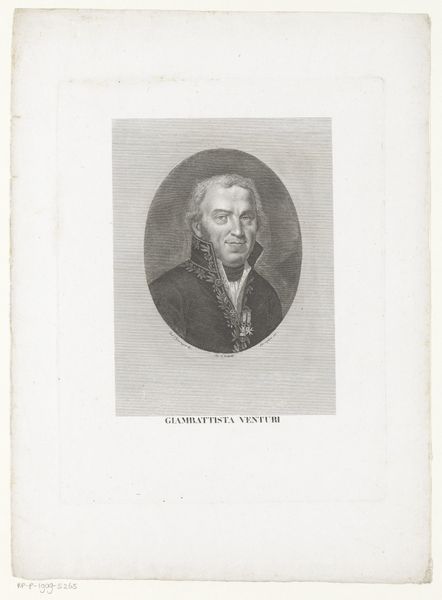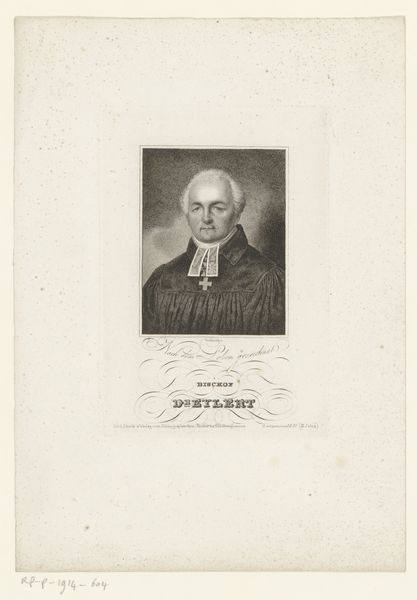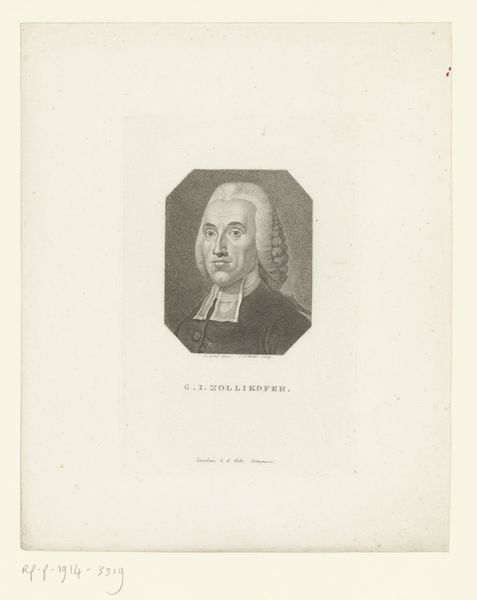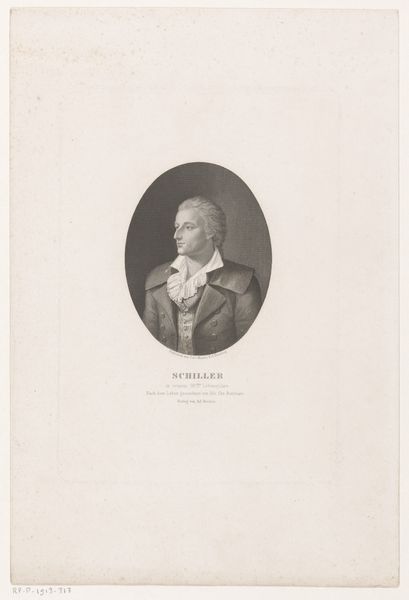
print, engraving
#
portrait
# print
#
old engraving style
#
history-painting
#
academic-art
#
engraving
#
realism
Dimensions: height 249 mm, width 161 mm
Copyright: Rijks Museum: Open Domain
Editor: This is a portrait of Sir Isaac Newton, an engraving dating from somewhere between 1823 and 1882 by Friedrich Weber. I'm immediately struck by the somber, almost reverential mood of the piece. What’s your interpretation? Curator: Considering this portrait was created so long after Newton's death, it’s interesting to examine its historical context. Prints like these played a key role in constructing and maintaining Newton’s public image. They served to solidify his place within the pantheon of great thinkers. The act of creating and distributing images is, in itself, a statement about the values and priorities of society. Don't you agree? Editor: That's interesting! I hadn’t considered how engravings like this could shape public perception. Do you think the artist intentionally chose the "old engraving style" to connect Newton with a specific historical aesthetic? Curator: Exactly. By employing the style, the engraver situates Newton within a lineage of revered figures. The “academic-art” style further elevates him to a figure of established authority and enduring influence. How does the use of print as a medium influence its message? Editor: Hmm, I guess creating a print makes the image more widely accessible and repeatable, spreading the idealized image of Newton more broadly? It seems to be using "history-painting" for propaganda reasons to create an academic cult of personality... Curator: Precisely. What was initially painted only to stay in a rich household or an academic building has been duplicated for an infinite amount of potentially unknown consumers and institutions. Now, consider the power dynamics at play. Who gets to decide which figures are immortalized? How does that selection reflect the prevailing values of the time? Editor: It sounds like understanding the *who* and the *why* behind the creation and distribution of an artwork like this is just as crucial as analyzing the image itself. Thank you for pointing out how cultural context shapes our understanding. Curator: Precisely! Thinking about art and the networks of power and dissemination is crucial to art history. I’m glad this offered you a valuable and critical new insight!
Comments
No comments
Be the first to comment and join the conversation on the ultimate creative platform.
